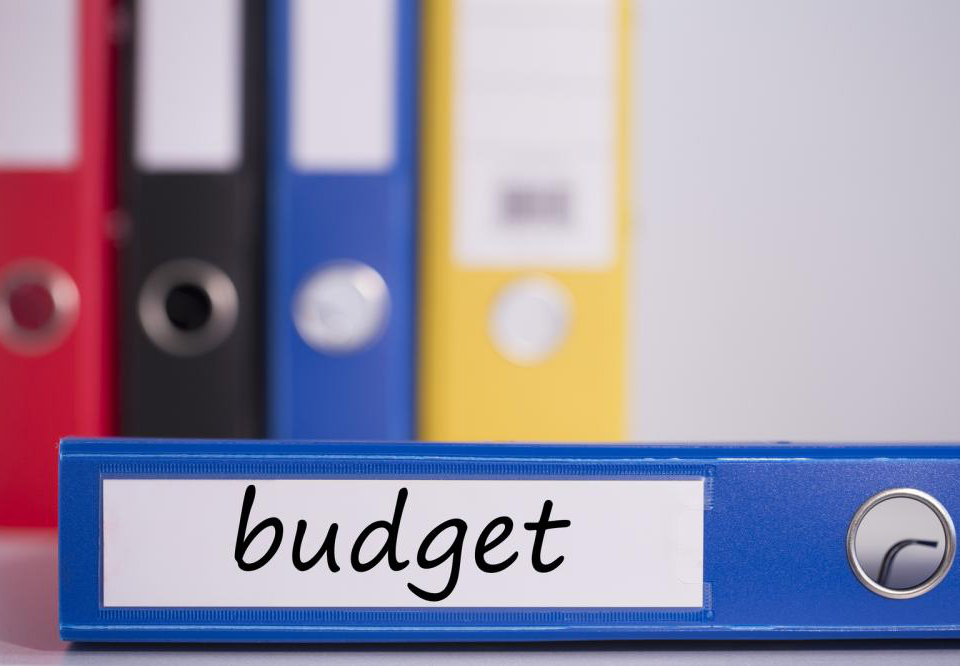Types of Fix and Flip Financing Options
Tips on Getting Approved for Commercial Real Estate Financing
July 12, 20183 Common Types of Lenders
August 3, 2018Fix and flip loans is a type of financing option where you get a loan for a short period of time, usually 6 to 12 months, for purchasing and renovating a property before flipping it for a profit. These short-term real estate investors usually purchase homes that are inexpensive because they are in dire need of extensive repairs which would require a lot of money, time, and sweat. Opting for a fix and flip financing for properties that are in distressed conditions can sound and be lucrative but it is a risky business in itself.
There are several fix and flip financing options readily available for investors that allows them to cover the purchase price and cost of renovation of the investment property. Mentioned below are these options of financing.
Hard Money Loan
Hard money loan is usually taken out by those who represent a small group of investors who specifically borrow money to purchase, renovate, and sell a property within one year. It is mostly given to experiences real estate investors who have had a 2+ flipping experience or are working with a contractor if are a novice investor. These loans are also known as rehab loans and receive funding in about 15 days as they have lower criteria and qualifications for approval. Hard money loans don’t come cheap and offer high-interest rates, however, they do not charge with you prepayment penalty if you chose to pay back the loan early.
Cash out Refinance
This type of financing option is suitable for those who are working on the basis of a strategy of refinancing an existing property in order to finance the purchase of a new property. This way the investor can extract equity from existing property. This is done by issuing a new loan which is then used to pay off the existing mortgage.
This loan is considered a ‘first lien’ which means that before you are able to extract any equity you are supposed to pay off any existing liens. The cash that is available to a flipper investor to finance other investments is basically the difference between the new loan amount and the old mortgage amount. As compared to a traditional mortgage, interest rates are lower on this type of financing option.
Home Equity Line of Credit
Also known as a home equity loan, it works like a credit card facility where a line of credit is extended to the investor on the basis of existing home’s value and the interest rates are charged on the amount borrowed until it is repaid. The first 10 years are the draw period when the investor can borrow the amount and the rest 20 years are the repayment period. This loan can be either a first or a second lien and can only be issued for a residence that is owner-occupied.
Bridge Loans
A loan taken out to cover the time between two real estate transactions is called a bridge loan. It is a temporary loan that allows you to purchase a property without selling the other property first. These loans provide quick or interim financing for a certain period of time after which this financing window is closed. The rates offered are higher than bank loans but lower than hard money loans. This financing option is suitable for those who think that by the time they have the cash available from the first property this property won’t be available anymore.


